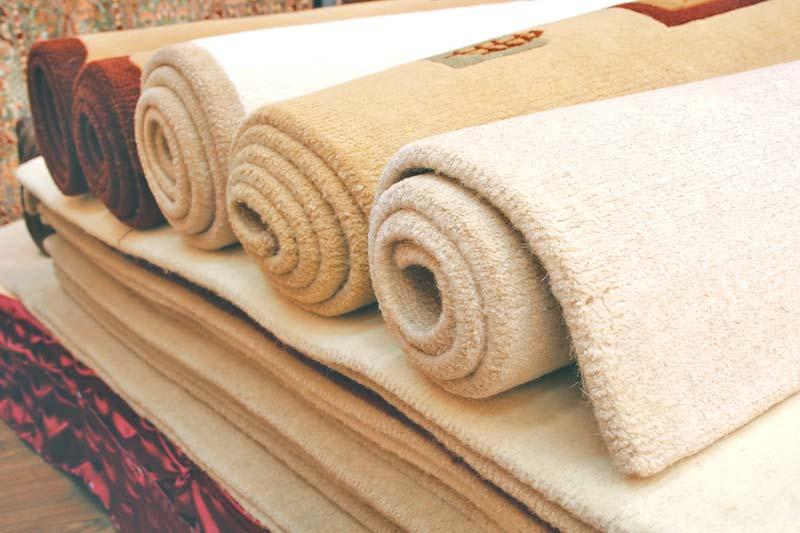Garments and Carpets Still the Backbone of Exports, but Competition Intensifies
Author
NEPSE TRADING

Kathmandu – In the first two months of the current fiscal year 2082/83, Nepal’s traditional export items, garments and carpets, continue to be the backbone of the country’s foreign trade. According to the Department of Customs, exports of non-knitted garments stood at Rs. 14.95 billion, knitted garments at Rs. 9.18 billion, and man-made staple fibers at more than Rs. 20 billion. Similarly, handmade carpet exports reached Rs. 17.33 billion during the same period.
These traditional sectors remain major sources of foreign exchange for Nepal. Carpets continue to find stable demand, particularly in European countries, while garments and textiles are exported mainly to South Asia and Western markets.
However, the global market has become increasingly competitive. Countries such as Bangladesh, Vietnam, and Cambodia are producing garments at lower costs and in larger volumes, creating significant pressure on Nepal’s industries. Higher production costs, limited technological modernization, and weak supply chains are key challenges facing Nepali garment manufacturers.
The carpet industry, meanwhile, faces its own hurdles. Younger generations are increasingly reluctant to pursue carpet weaving as a livelihood, raising concerns over the industry’s long-term sustainability. Experts warn that without fair-trade certification, eco-friendly production methods, and premium branding, Nepal’s carpets may lose their competitive edge.
Analysts suggest that collaboration between the government and the private sector is vital. By investing in modern technology, quality assurance, and international market expansion, Nepal could sustain garments and carpets as export mainstays for years to come despite the intensifying global competition.



